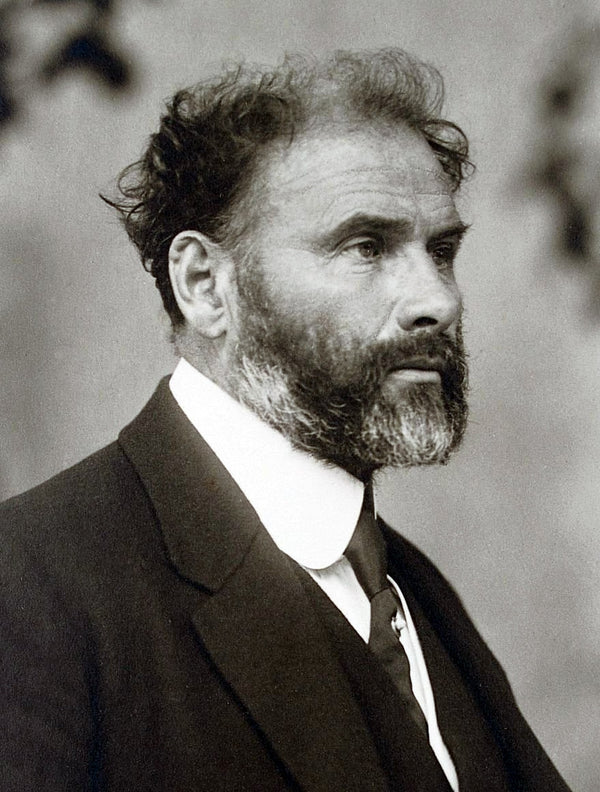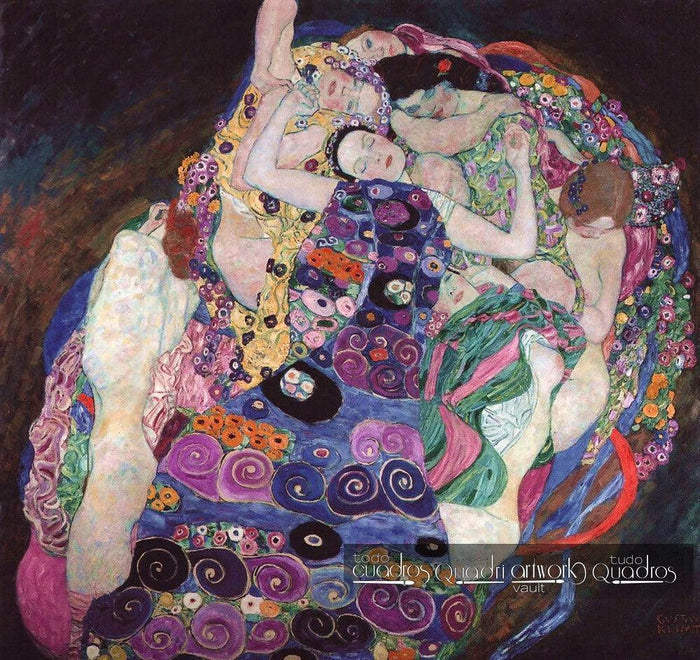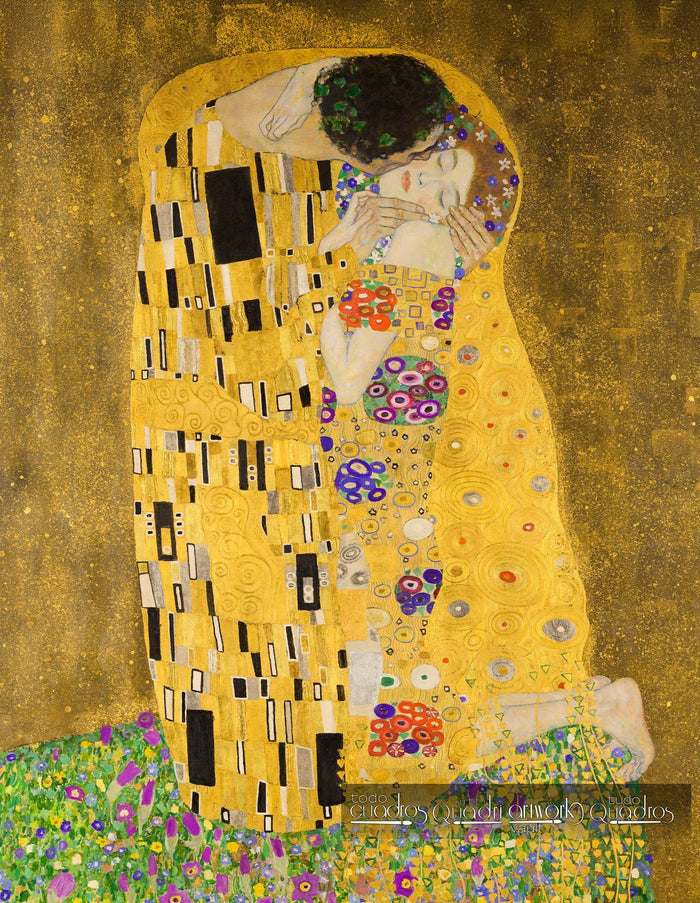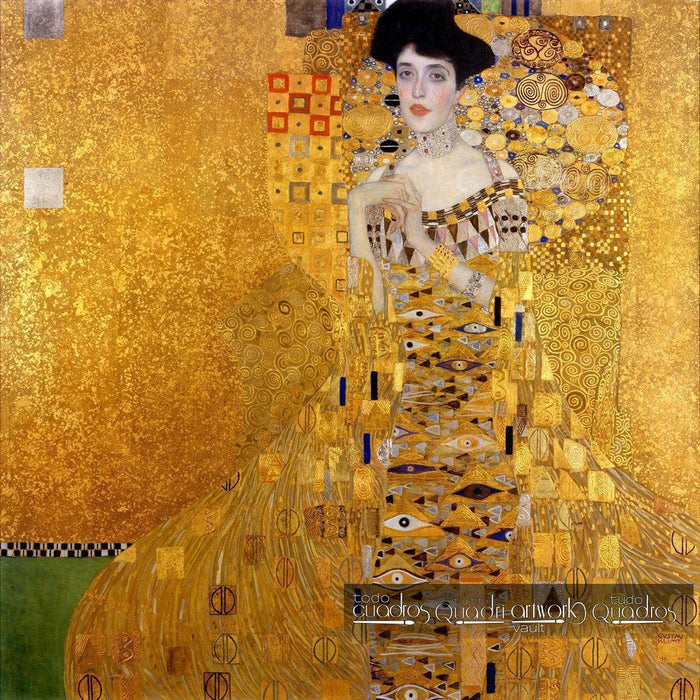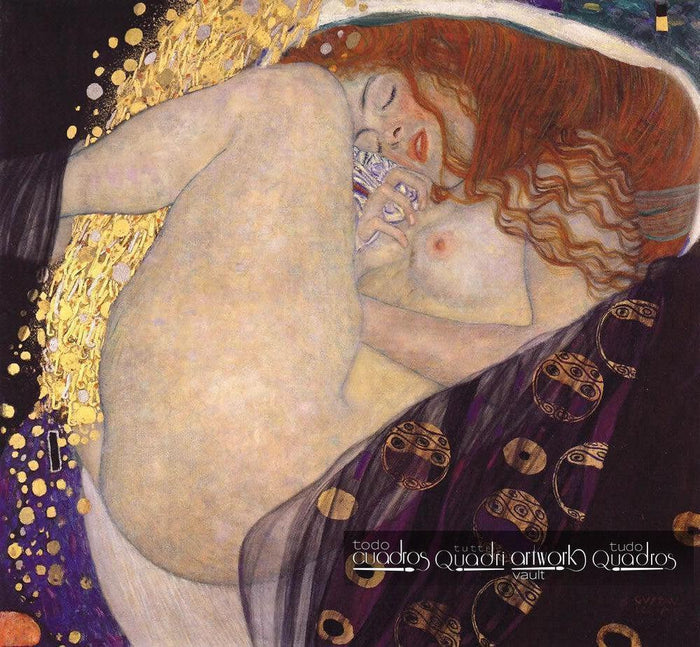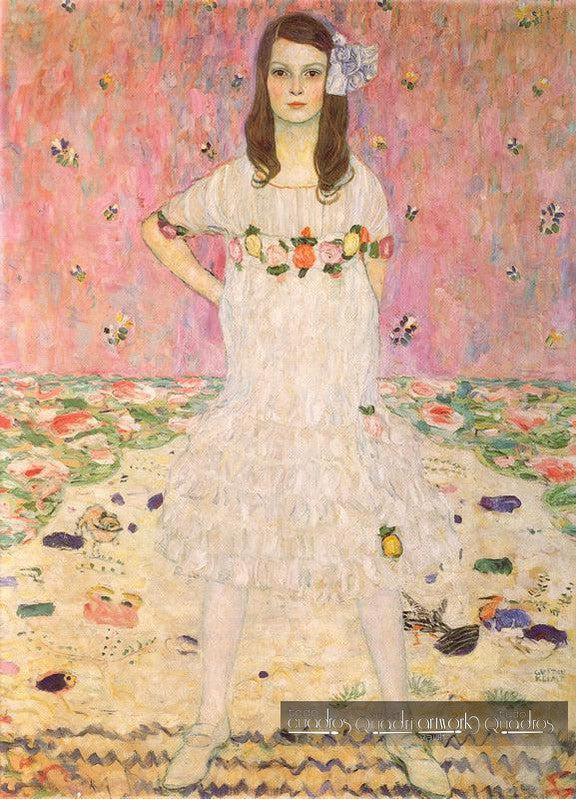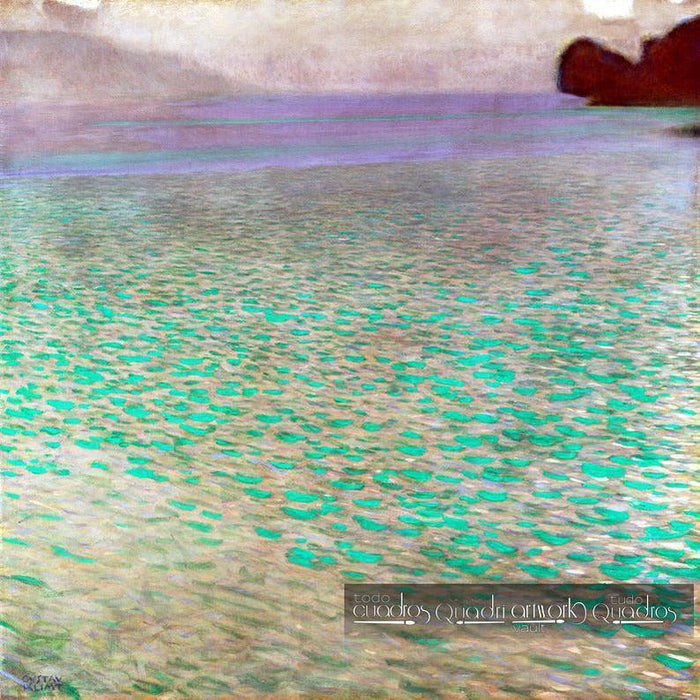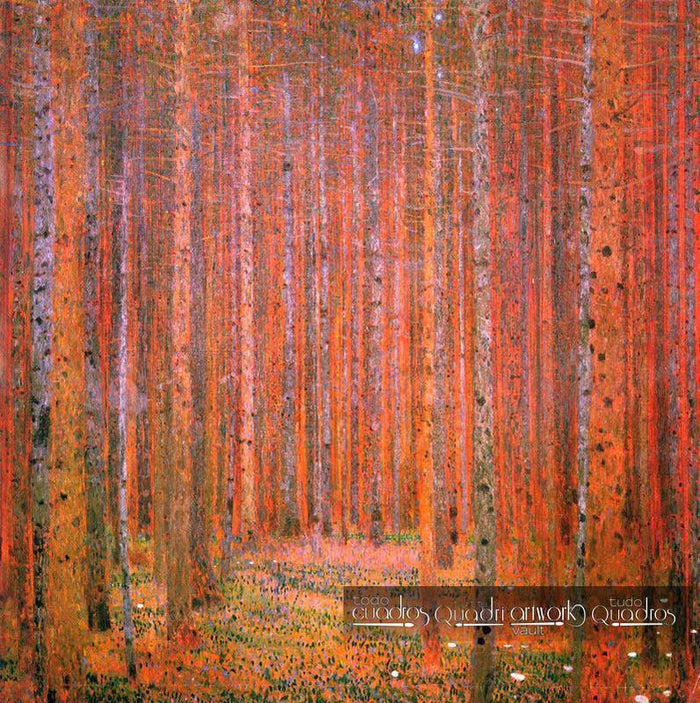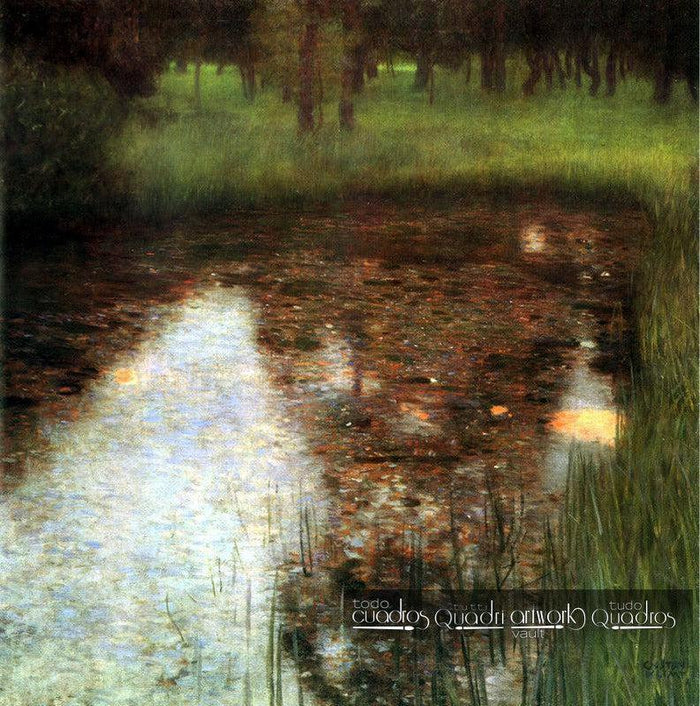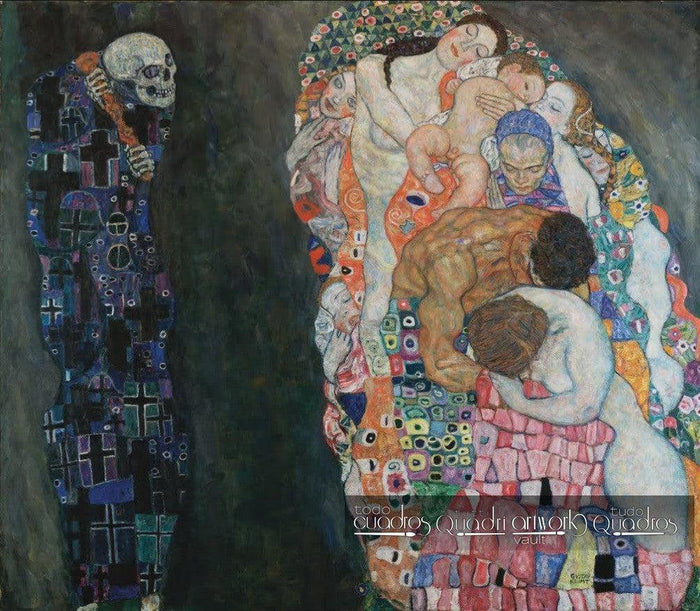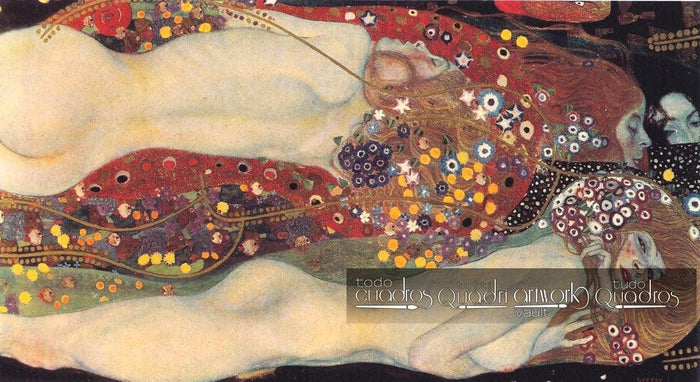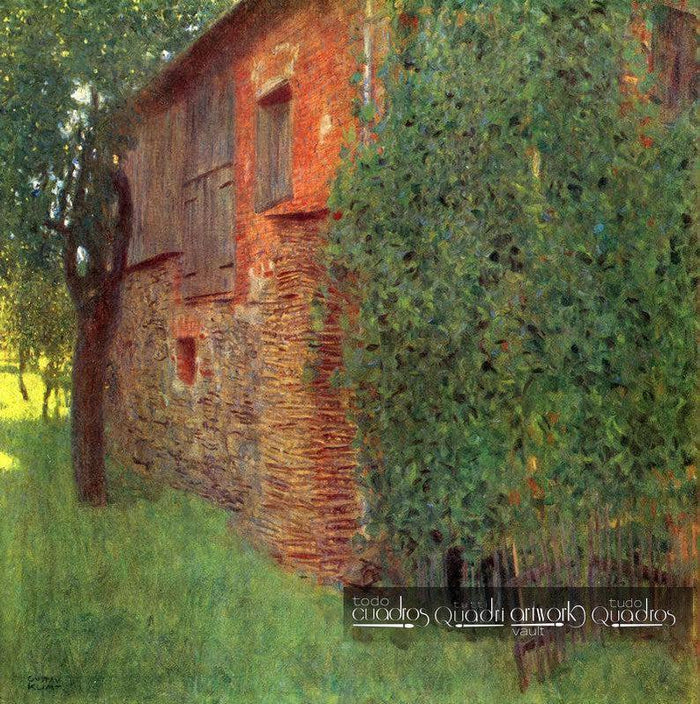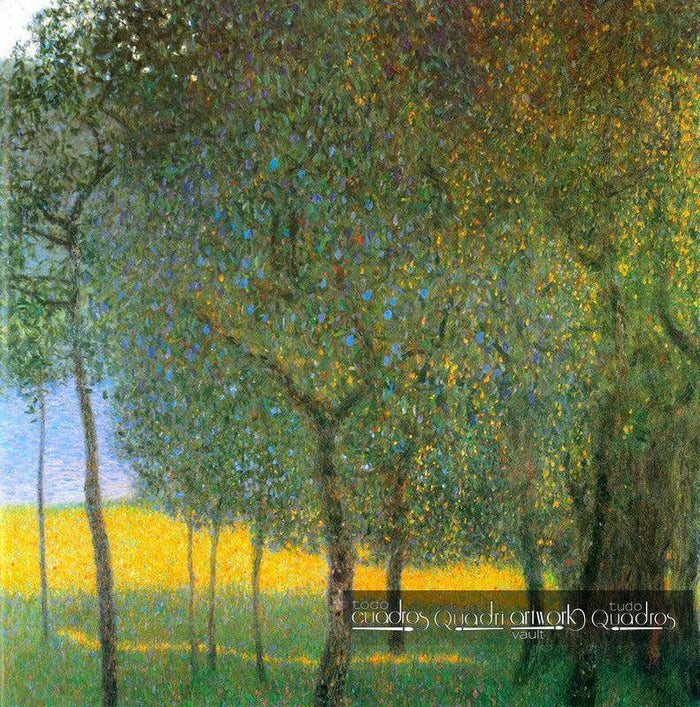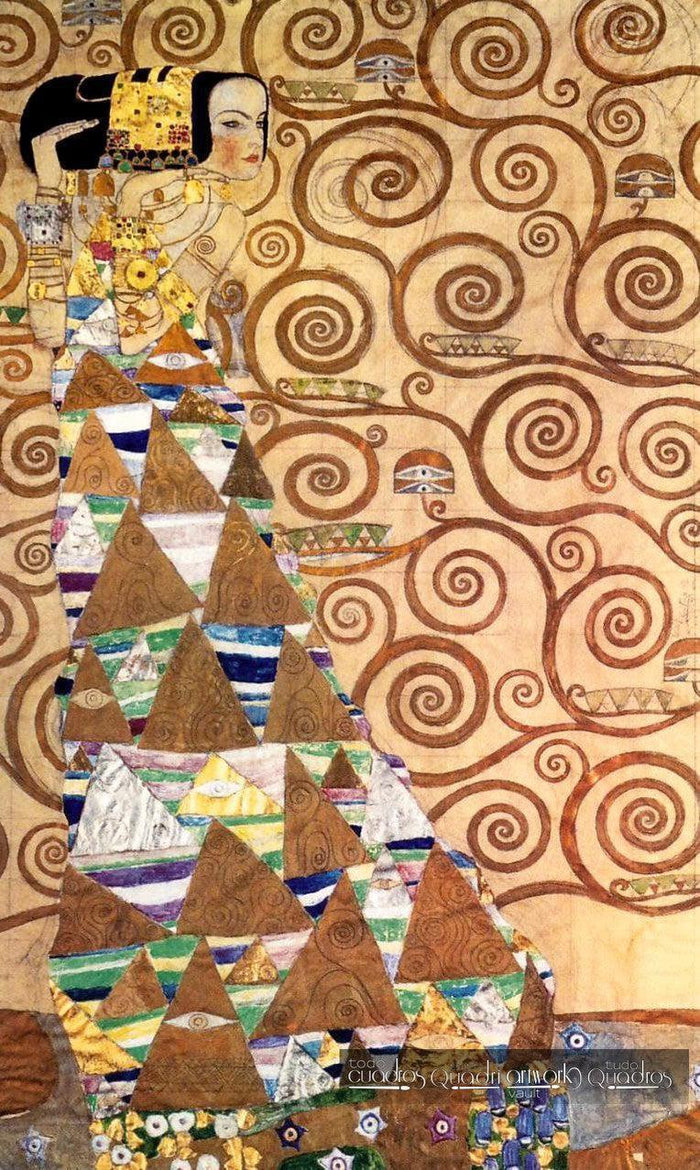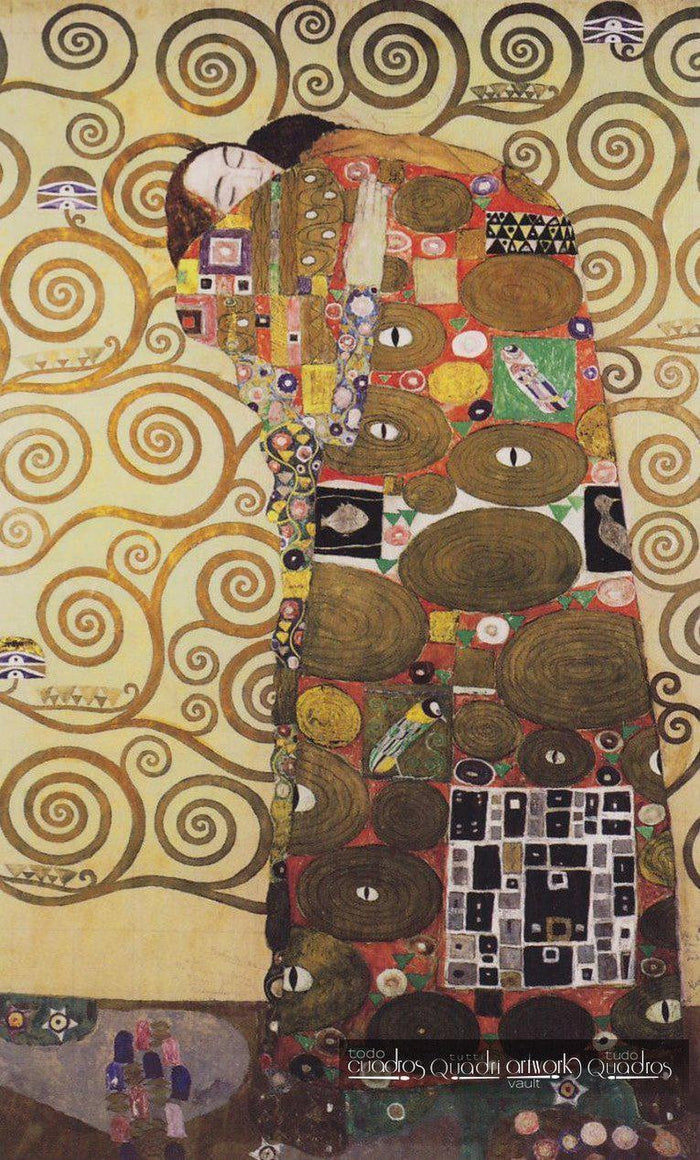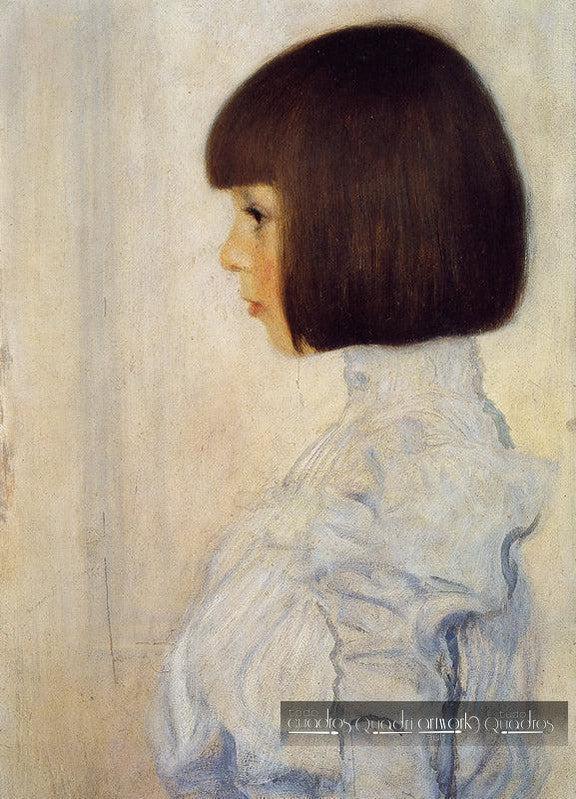- Beckmann, Max
- Bouguereau, William Adolphe
- Caillebotte, Gustave
- Cézanne, Paul
- Chagall, Marc
- Dalí, Salvador
- Degas, Edgar
- Dürer, Albrecht
- Giotto di Bondone
- Goya, Francisco de
- El Greco
- Hopper, Edward
- Kandinsky, Wassily
- Klee, Paul
- Klimt, Gustav
- Lempicka, Tamara de
- Magritte, René
- Manet, Édouard
- Miró, Joan
- Monet, Claude
- Munch, Edvard
- Murillo, Bartolomé Esteban
- Picasso, Pablo Ruiz
- Pissarro, Camille
- Regoyos, Darío de
- Rembrandt, Harmenszoon van Rijn
- Renoir, Pierre-Auguste
- Rubens, Peter Paul
- Seurat, Georges Pierre
- Sisley, Alfred
- Sorolla y Bastida, Joaquín
- Titian
- Van Eyck, Jan
- Van Gogh, Vincent
- Velázquez, Diego
- Vermeer, Johannes
- Vinci, Leonardo da
- Waterhouse, John William
Gustav Klimt
| Full Name: | Gustav Klimt. |
|---|---|
| Birth: | 1862, Austria. |
| Death: | 1928, Austria. |
| Style: | Art Nouveau, eclectic mosaic. Modernism. |
Gustav Klimt (1862–1918) was an Austrian painter whose work marked a turning point in the history of European art. In his early years, he trained within the Viennese academic tradition, developing an eclectic and meticulous style with a strong interest in historical and allegorical themes. However, his personal quest led him to break away from academic conventions and become one of the central figures of the movement that would define artistic modernity at the turn of the century: Modernism (Art Nouveau).
From 1909 onward, Klimt entered a period of experimentation in which he perfected the use of gold, mosaics, and ornamental textures inspired by Byzantine art. This visual language, full of symbolism and sensuality, reached its peak in works such as The Kiss (1907–1908) and Judith (1901), which today represent the height of Viennese Modernism. His mastery of detail and composition transformed portraiture into an aesthetic experience that united body, spirit, and decoration.
The great themes running through Klimt’s work — sexuality, love, and death — reflect his deeply human vision of art. One of his most celebrated paintings, the Portrait of Adele Bloch-Bauer I (1907), embodies that fusion of eroticism and spirituality. In 2006, this painting was acquired by New York’s Neue Galerie for $135 million, becoming one of the most valuable works in the history of modern art.
Klimt was also one of the founders of the Vienna Secession, a movement that championed creative freedom over academic conventions. His influence extended to artists such as Egon Schiele and Oskar Kokoschka, marking the beginning of a new, introspective, and emotional sensibility in European art.
Today, more than a century later, Gustav Klimt’s golden universe continues to captivate the world. His women gaze from the canvases with the same intensity with which they were painted, and his works — endlessly reproduced across social media, fashion, and design — prove that time has not dimmed their radiance.
Artworks by Klimt
1. The Virgin
| Author: | Gustav Klimt |
|---|---|
| Type: | Painting |
| Style: | Modernism |
| Medium | Oil |
| Support: | Canvas |
| Year: | 1913 |
| Located: | National Gallery Prague |
"The Virgin" is one of Gustav Klimt’s most iconic works, painted in 1913 during the height of his Symbolist period. In it, the Austrian artist portrays a group of intertwined women immersed in a shared dream, draped in a mantle of flowing, vibrant fabrics. The bodies appear to float within a circular universe, which serves as an allegory for the cycle of life and femininity.
Read more2. The Kiss
| Author: | Gustav Klimt |
|---|---|
| Original Title: | Der Kuss |
| Type: | Painting |
| Style: | Modernism |
| Medium | Oil |
| Support: | Canvas |
| Year: | 1908 |
| Located: | Galería Belvedere, Austria |
The Kiss by Gustav Klimt, created between 1907 and 1908, is one of the masterpieces of the Viennese Modernist movement. It depicts a couple wrapped in a fusion of geometric and golden forms, their bodies seemingly dissolving into a luminous background. The surface, dominated by golden and ochre tones and enriched by meticulous ornamental details, evokes a sense of timeless intimacy. Its vertical composition and balance between the figurative and the decorative reveal Klimt’s artistic maturity and his mastery of symbolic language.
Read more3. Portrait of Adele Bloch-Bauer I
| Author: | Gustav Klimt |
|---|---|
| Original Title: | Adele Bloch-Bauer I |
| Type: | Painting |
| Style: | Modernism |
| Medium | Oil and gold leaf |
| Support: | Canvas |
| Year: | 1907 |
| Located: | The Neue Galerie, New York. |
According to experts, the Portrait of Adele Bloch-Bauer I is the most representative painting of Gustav Klimt’s entire career. It was painted during the so-called "Golden Period," when the artist created numerous works using gold. This painting took three years to complete (finished in 1907), reflecting Klimt’s great dedication and appreciation for it.
Read more5. Mada Primavesi
| Author: | Gustav Klimt |
|---|---|
| Original Title: | Mäda Primavesi |
| Type: | Painting |
| Style: | Modernism |
| Medium | Oil |
| Support: | Canvas |
| Year: | 1912 |
| Genre: | Retrato |
| Located: | Museum MET, New York. |
Portrait of Mada Primavesi, a friend of Klimt, painted in 1912. The stunning beauty of the female face displayed in this painting is one of the artist's few initiatives to portray purity and childlike innocence. The result is this masterpiece that exudes the affection that Gustav Klimt had for the Primavesi family.
6. The Atersee Lake
| Author: | Gustav Klimt |
|---|---|
| Style: | Modernism |
The painting The Atersee Lake is a masterpiece of pointillism by Gustav Klimt. The high contrasts of turquoise brushstrokes against a background of muted colors create a vibrant natural landscape. The painting is inspired by the lake located in Austria.
7. Pine Forest
| Author: | Gustav Klimt |
|---|---|
| Style: | Modernism |
Painting Pine Forest by Gustav Klimt, an autumnal landscape work with reddish trunks and ground covered with leaves in the same hue. Although the artist was not specialized in this style, the work is an impeccable mixture between abstract and impressionist styles. A testament to Klimt's great versatility.
The painting The Swamp by Gustav Klimt is inspired by the wooded Austrian environment, the country where the painter developed much of his art. The painting features the water of a swamp surrounded by vegetation and partially covered by tree shadows. The style recalls impressionist and pointillist brushstrokes more developed by other masters of the time.
9. Death and Life
| Author: | Gustav Klimt |
|---|---|
| Style: | Modernism |
Painting by Gustav Klimt on death and life, painted in 1910. In this work, the artist wanted to represent life by showing people of all generations, from the baby to the grandmother, as a symbol of the never-ending circle of existence.
The costumes of the characters are neatly adorned with pastel circles, and the figures are in the artist's unmistakable style: intertwined bodies, mosaic decoration, and pale feminine skins.
The importance of this painting in Klimt's own opinion was enormous. He cited it as his most outstanding figurative work. It is currently on display at the Leopold Museum in Vienna.
10. Water Serpents II
| Author: | Gustav Klimt |
|---|---|
| Style: | Modernism |
11. Farmhouse in Kammer on Lake Attersee
| Author: | Gustav Klimt |
|---|---|
| Style: | Modernism |
| Subject: | Rural |
Painted by Gustav Klimt, the painting is not among the artist's most well-known works; however, the canvas demonstrates the painter's great ability to interpret the hues that nature offers at sunset. The contrasts between points of vivid colors against muted ones recall the style of his post-impressionist contemporaries. This landscape with a house was painted in the surroundings of Lake Attersee, Austria.
12. Fruit Trees
| Author: | Gustav Klimt |
|---|---|
| Style: | Modernism |
| Subject: | Nature |
Painted by Gustav Klimt, the painting depicts a green landscape with fruit trees and light effects. Although this type of landscape is not common in the artist's work, Klimt succeeded in creating an image of nature that evokes the serenity and solitude typical of rural settings.
13. Expectation
| Author: | Gustav Klimt |
|---|---|
| Style: | Modernism |
14. Fulfillment
| Author: | Gustav Klimt |
|---|---|
| Style: | Modernism |
15. Portrait of Helene
| Author: | Gustav Klimt |
|---|---|
| Style: | Modernism |
| Genre: | Retrato |
The Portrait of Helene is one of the few pieces of art by Gustav Klimt in which he shows a purely academic style. The girl captured on the canvas is the artist's own niece. The realistic face fully demonstrates Klimt's mastery of the brush.
Check it out in the store under the section Klimt oil paintings.
Related famous painters in the store:
↑Back to top
